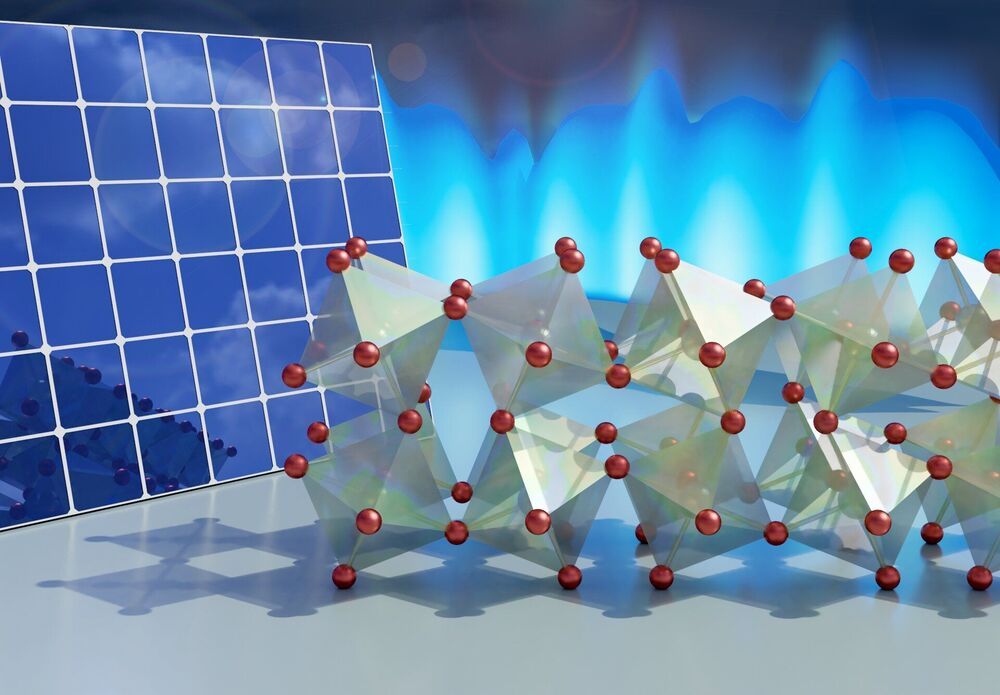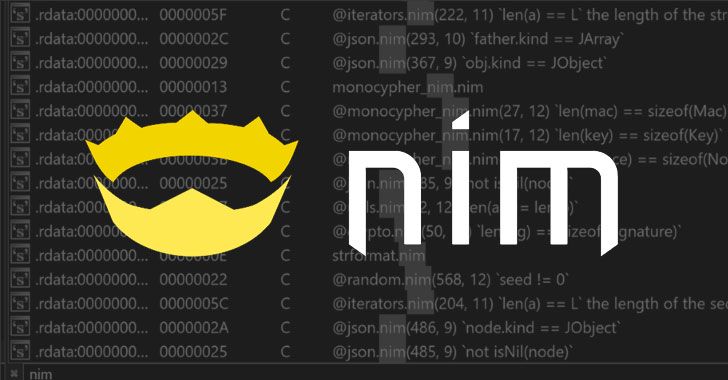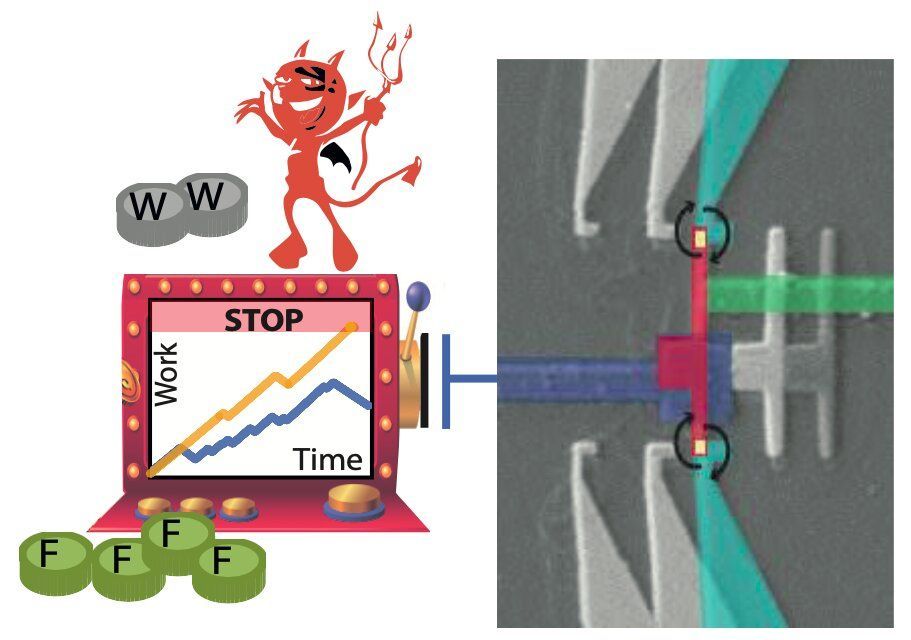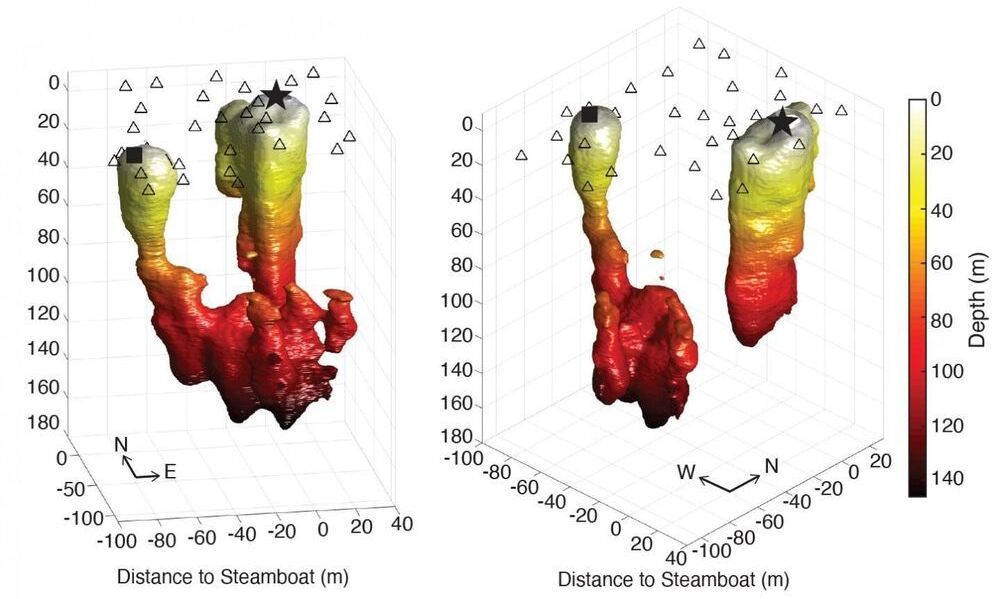A team of researchers has created software to detect illegal mining of cryptocurrency on computers.



Researchers at Duke University have revealed long-hidden molecular dynamics that provide desirable properties for solar energy and heat energy applications to an exciting class of materials called halide perovskites.
A key contributor to how these materials create and transport electricity literally hinges on the way their atomic lattice twists and turns in a hinge-like fashion. The results will help materials scientists in their quest to tailor the chemical recipes of these materials for a wide range of applications in an environmentally friendly way.
The results appear online March 15 in the journal Nature Materials.

Cybersecurity researchers have unwrapped an “interesting email campaign” undertaken by a threat actor that has taken to distributing a new malware written in Nim programming language.
Dubbed “NimzaLoader” by Proofpoint researchers, the development marks one of the rare instances of Nim malware discovered in the threat landscape.
“Malware developers may choose to use a rare programming language to avoid detection, as reverse engineers may not be familiar with Nim’s implementation, or focused on developing detection for it, and therefore tools and sandboxes may struggle to analyze samples of it,” the researchers said.
In a world-first, a tattoo artist remotely needled a tattoo into a person in real-time using a 5G-powered robotic arm. Read it here.

Researchers at the International Centre for Theoretical Physics (ICTP) in Italy and the PICO group at Aalto University in Finland have introduced the idea of an information demon that follows a customary gambling strategy to stop non-equilibrium processes at stochastic times. The new demons they realized, which differ from the renowned Maxwell’s demon, were presented in a paper published in Physical Review Letters.
“Our research was driven by curiosity,” Gonzalo Manzano, one of the researchers who carried out the study, told Phys.org. “We asked ourselves about the implications of processes whose fluctuations fulfill (or break) some strong properties of stochastic processes on the link between thermodynamics and information.”
The recent study by Gonzalo Manzano, Edgar Roldan and their colleagues is based on previous works investigating the link between information and thermodynamics at the stochastic level. It also draws inspiration from recent research that explored the properties of a unique family of stochastic processes known as martingales in the context of thermodynamics.

When Steamboat Geyser, the world’s tallest, started erupting again in 2018 in Yellowstone National Park after decades of relative silence, it raised a few tantalizing scientific questions. Why is it so tall? Why is it erupting again now? And what can we learn about it before it goes quiet again?
The University of Utah has been studying the geology and seismology of Yellowstone and its unique features for decades, so U scientists were ready to jump at the opportunity to get an unprecedented look at the workings of Steamboat Geyser. Their findings provide a picture of the depth of the geyser as well as a redefinition of a long-assumed relationship between the geyser and a nearby spring. The findings are published in the Journal of Geophysical Research-Solid Earth.
“We scientists don’t really know what controls a geyser from erupting regularly, like Old Faithful, versus irregularly, like Steamboat,” says Fan-Chi Lin, an associate professor with the Department of Geology and Geophysics. “The subsurface plumbing structure likely controls the eruption characteristics for a geyser. This is the first time we were able to image a geyser’s plumbing structure down to more than 325 feet (100 m) deep.”

“For those that know rockets, this is a ridiculously hard thing.”
As this is the first Falcon 9 rocket to launch nine missions, it raises the prospect of a first stage making a tenth flight in the near future, probably within a month or two. Reaching ten flights would accomplish one of the main goals set by SpaceX with the Falcon 9 rocket, after optimizing the vehicle for reuse about three years ago.
The company debuted its “Block 5” version of the Falcon 9 rocket in May 2018, and since then this vehicle has flown 55 missions, all of which have successfully delivered their payloads to orbit. More importantly, the changes SpaceX engineers incorporated into this new rocket to ensure its robustness for reuse, such as strengthening its “Octaweb” engine bay, have largely been validated.
“For those that know rockets, this is a ridiculously hard thing,” SpaceX founder Elon Musk said during a teleconference with reporters in 2018 to discuss the Block 5 upgrades. “It has taken us since, man, since 2002. Sixteen years of extreme effort and many, many iterations, and thousands of small but important development changes to get to where we think this is even possible.” He paused for a second, and then added, “Crazy hard.”
Sherpa, a startup from Bilbao, Spain that was an early mover in building a voice-based digital assistant and predictive search for Spanish-speaking audiences, has raised some more funding to double down on a newer focus for the startup: building out privacy-first AI services for enterprise customers.
The company has closed $8.5 million, funding that Xabi Uribe-Etxebarria, Sherpa’s founder and CEO, said it will be using to continue building out a privacy-focused machine learning platform based on a federated learning model alongside its existing conversational AI and search services. Early users of the service have included the Spanish public health services, which were using the platform to analyse information about COVID-19 cases to predict demand and capacity in emergency rooms around the country.
The funding is coming from Marcelo Gigliani, a managing partner at Apax Digital; Alex Cruz, the chairman of British Airways; and Spanish investment firms Mundi Ventures and Ekarpen. The funding is an extension to the $15 million Sherpa has already raised in a Series A. From what I understand, Sherpa is currently also raising a larger Series B.
The world’s first remote tattoo was completed by a 5G-powered robotic arm fitted with a tiny needle.
Tattoo artist Wes Thomas drew the design on a mannequin arm while a robot in another location copied his motions on Dutch actress Stijn Fransen’s wrist.
The final result is a ‘minimalist’ design that honors Fransen’s love out the outdoors that has been dubbed the ‘Impossible Tattoo.’
